A Sustainable Solution for Wildland Urban Interface (WUI) Approval
As the world faces increasing challenges related to climate change, the need for sustainable and fire-resistant building materials has become more critical than ever, especially in areas where the wildland and urban environments intersect. Here, we will explore thermally modified wood and its potential for gaining Wildland Urban Interface (WUI) approval, offering a sustainable solution to address both environmental concerns and fire safety regulations.
Understanding the Wildland Urban Interface (WUI)
The Wildland Urban Interface (WUI) refers to areas where human development and natural landscapes meet, leading to potential fire risks. Due to the increased occurrence of wildfires, regulations and building codes have been established to ensure the safety of communities in these areas. Compliance with WUI standards often requires the use of fire-resistant building materials.
https://www.planning.org/blog/blogpost/9141903/
What is Thermally Modified Wood?
Thermally modified wood is a sustainable alternative to traditional lumber that has undergone a thermal treatment process. This treatment involves subjecting the wood to high temperatures in an oxygen-free environment. The result is a durable, dimensionally stable, and long lasting wood material. Not all thermally modified woods are approved for use in WUI zones. Currently Arbor Wood Ash siding as well as Arbor Wood Ash and Pine decking products are approved for usage in WUI Zones.
Fire Resistance and Thermally Modified Wood
Thermally modified wood possesses inherent fire-resistant properties, making it an attractive choice for WUI compliance. During the thermal modification process, the wood undergoes cellular changes that significantly reduce its flammability. The high temperature treatment removes volatile compounds and moisture, making the wood less susceptible to ignition and reducing its contribution to fire spread.
Environmental Benefits of Thermally Modified Wood
Aside from its fire-resistant qualities, thermally modified wood offers numerous environmental benefits. The process does not require the use of chemicals or preservatives, making it an eco-friendly alternative to chemically treated wood. Additionally, the treatment enhances the wood's natural resistance to decay and insects, prolonging its lifespan and reducing the need for replacement.
Durability and Stability
Thermally modified wood exhibits improved dimensional stability compared to untreated lumber. The high-temperature treatment reduces the wood's moisture absorption, minimizing expansion and contraction due to environmental changes. This stability translates into reduced warping, twisting, and splitting, resulting in longer-lasting structures.
Aesthetics and Design Flexibility
Thermally modified wood boasts a rich, deep brown color, similar to tropical hardwoods. This natural, visually appealing appearance adds a touch of elegance to any architectural design. Additionally, the material can be easily finished and modified, offering architects and builders greater design flexibility.
Regulatory Approvals and Standards
Many building codes and regulations have recognized the fire-resistant properties of thermally modified wood, leading to its increasing acceptance in the construction industry. Authorities such as the Wildland-Urban Interface Code (WUIC) and the National Fire Protection Association (NFPA) have acknowledged the suitability of thermally modified wood for use in WUI areas.
Thermally modified wood presents a sustainable and fire-resistant solution for gaining Wildland Urban Interface (WUI) approval. Its inherent durability, stability, and resistance to fire, insects, and decay make it an excellent choice for builders, architects, and homeowners in WUI zones. By opting for thermally modified wood, we can create safer, more sustainable structures while reducing the environmental impact and promoting responsible forest management.
Remember, before using any material for construction purposes, it's essential to consult local regulations and building codes to ensure compliance and safety.






